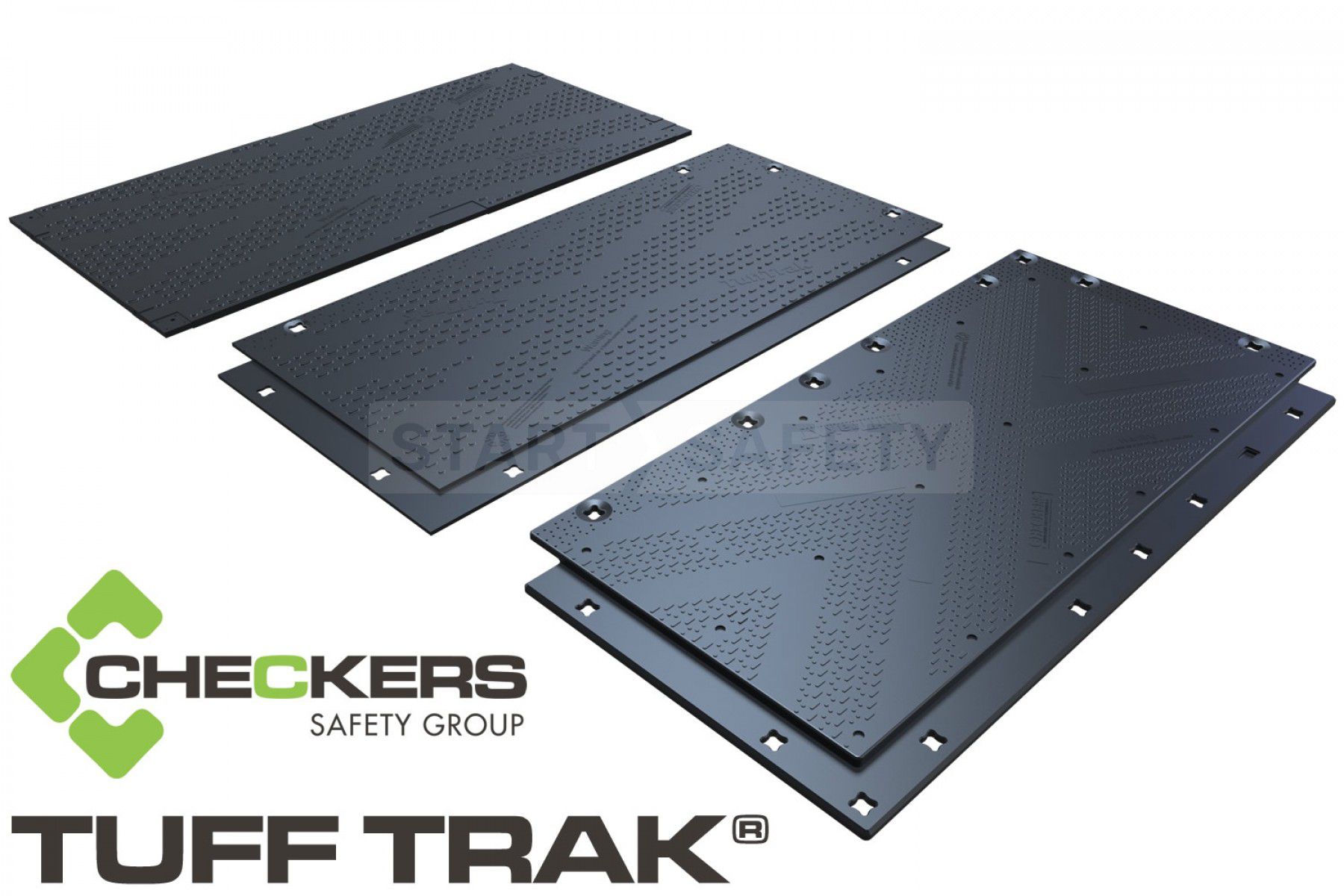Nothing to do with managed readiness.
It has everything to do with life lessons learned, starting from the time I could haul on my jocks myself.
Learned from my English Grandmother, the First and Second World War nurse.
Divide your resources in three piles.
What you are using.
What is ready to grab and use.
What you are repairing.
And replace with new gear when necessary.
I think the biggest disagreement we have is what constitutes a force, and what constitutes ready.
I believe you envisage a ready force as being a body fully trained and equipped to meet a particular set of circumstances at a moment's notice.
My belief is that a force can be more broadly interpreted. I would sooner have a body of the willing, able to pick up suitable arms made available to them in a timely fashion to deal with ANY situation.
We agree on the need for your force. And I agree it should be fully resourced.
But we disagree, I believe, on the value of broadening the envelope of responses available. I believe there is value in that.
I am not an acolyte of efficiency. I have spent enough time on other people's projects chasing 95% efficiency to know that 70% is the norm and, when suitably exploited, is capable of generating a profitable winning strategy.
Or in the words of a song:
"Two out of Three Ain't Bad".
Further to the above.
I worked a lot with Japanese companies.
One of the differences between their style of doing things and the Euro-American way of doing things was that they were comfortable operating plants with a lot of small units. The Americans tended to put all their eggs in one basket and go with one large piece of kit. The Europeans were somewhere in the middle.
The American position was to create one highly efficient, low cost, low manpower, low skill plant. The would create a plant out of a single line of highly efficient pieces. This plan is profitable when it works but it highly vulnerable to the unexpected.
The Japanese position was to create multiple parallel lines of equipment that was inherently less efficient, cost more, required more labour and demanded a lot of skill of the operators. Profits were good despite high labour costs and frequent breakdowns. But the plant continued to operate, working around any temporary bottlenecks. Regardless of what happened the plant continued to produce, raw material and production contracts were honoured without pause. They were reliable partners.
The European position bridged that of the Americans and the Japanese. They generally applied the rule of three.
They built three parallel lines, each operating at 66% of design capacity. Then they scheduled cleaning and maintenance times and took one of the three lines off line for a limited time and relied on the other two to maintain production flow at 66%. Warehousing managed the surges as lines went in and out of service.
In the event that one of the three lines broke down unexpectedly, and a repair could not be eventuated before the Warehouse lost inventory, then the other two lines would speed up, for the duration, to operate at 100% of capacity. Once all three lines were back up and running and inventory renewed then the lines and the operators would return to loafing at 66% of capacity.
3x 100 = 300 = Max Capacity
3x 66 = 200 = Design Capacity
2x 100 = 200 = Design Capacity in extremis.
Different ways of tackling the same problem. All have their merits and all are exploited, with variations, by successful companies.






